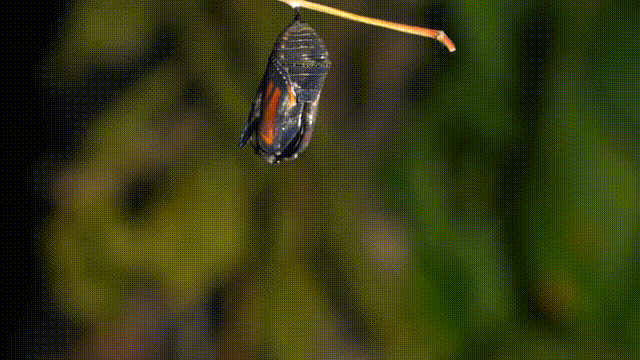Teen Pregnancy Rates Dip Slightly, But Concerns Remain
Rates of teenage pregnancy in the United States, according to a report released today by the Centers for Disease Control and Prevention, are again showing a decline. But researchers are wary of considering the news all positive.
After a continuous decline from 1990 to 2005, during which the rate of teenage births dropped by a third, the number of teenage pregnancies rose for the first time in 2006, and did so again in 2007.
The newest figures use 2008 data, and while they show a decline of 2.4 percent, to 41.5 pregnancies per 1,000 teenagers, experts say the trend may well indicate rates have plateaued, and new strategies to combat teen pregnancy will be needed to resume the gains of past years. [Related: Teen Pregnancy: A 'Winnable' Public Health Battle? ]
"My take-away from this particular report is that the challenge of teen childbearing is large, deep and very wide," said Bill Albert, chief program officer for The National Campaign to Prevent Teen and Unplanned Pregnancy. "I think that what this report underscores is how much of a problem teen childbearing remains, despite the progress the United States has made since the early '90s."
Researchers indicated another potential problem is complacency, as some areas with traditionally low birth rates among teenagers had very high birth rates among teens in minority groups.
State-by-state differences
"Teen birth rates vary a lot from state to state, and perhaps more importantly, one of the driving factors in that is the difference between race and Hispanic-origin groups," said Paul Sutton, a statistician with the National Center for Health Statistics and one of the authors of today's CDC report.
Get the world’s most fascinating discoveries delivered straight to your inbox.
For example, Sutton told MyHealthNewsDaily, Minnesota and Wisconsin were among the 10 states with the lowest rates of teenage birth overall, with 27.2 and 31.3 births per 1,000 among 15- to 19-year-olds, respectively. However, both states had pregnancy rates among black teenagers that put them in the top 10 nationwide, with 80.9 and 95.1 pregnancies per 1,000 black teenagers, respectively.
He noted, however, that other states were doing well across the board. New York, New Jersey and California were below the national average overall and among white, Hispanic and black populations.
"This is partly a cautionary tale," Albert said of the report. "Anyone who thought that the problem of teen pregnancy and childbearing may have been solved, I think this suggests quite the opposite. The decline seems to have come to a standstill."
And he said the leaders who should be concerned include those in states where certain, smaller groups have high teenage pregnancy rates.
"'Not a problem in our state' is too simplistic a formulation," Albert said.
He said the varying rates among certain groups, along with a flattening trend in reducing teenage pregnancy, demands a new strategy.
What will it take?
"If we are going to make progress, it is probably going to take more targeted, more focused efforts," Albert said, indicating that, as far as national efforts, "perhaps the early wins in reducing teen childbearing have been won."
He said a positive sign has been an approach by the current administration that encourages research into effective programs. A likely avenue will be encouraging a social media presence.
"Teenagers and young adults are up to their necks in digital media. We do it to sell toothpaste, why wouldn't we try to do it to sell behavior change?" Albert said. "Pamphlets don't cut it anymore in the digital age."
New Hampshire had the lowest rate nationwide, with 19.8 births per 1,000 teenagers, while Mississippi had the highest, with a rate of 65.7. Montana and Kansas were the only states to show a statistically significant increase in birth rates.
But researchers do not have definite answers for why birth rates are trending as they are, or what the future holds.
"We don't have any information that can answer to 'why' in our data," Sutton said. "When it first went up, it came as a surprise. We don't really know what to expect is going to happen with the '09 data."

